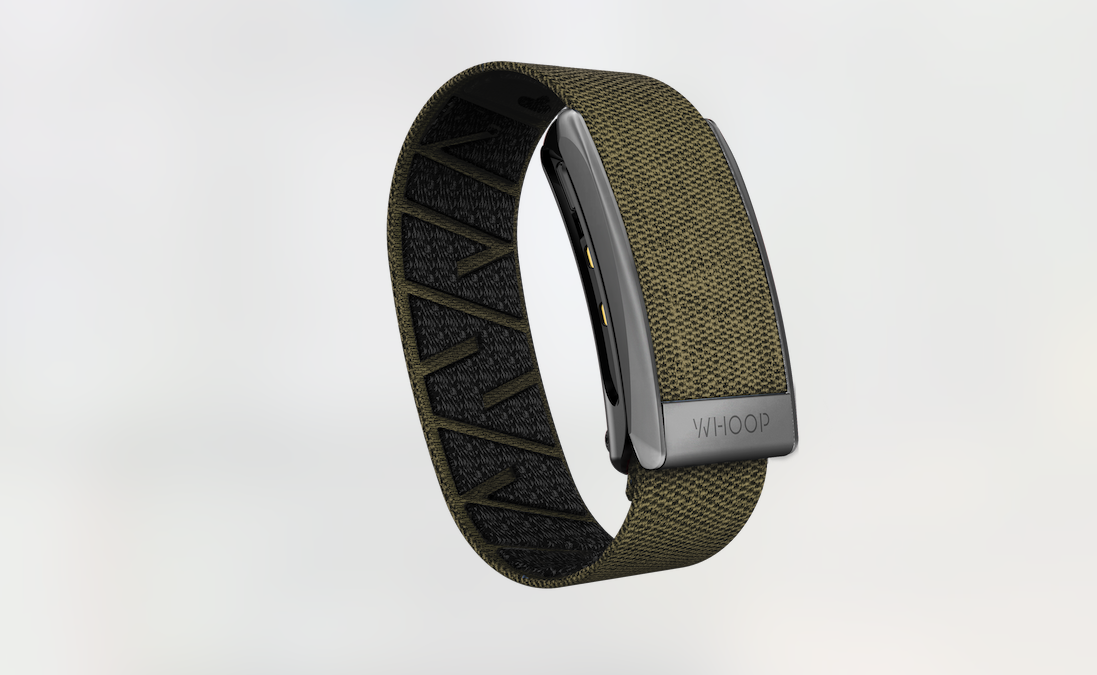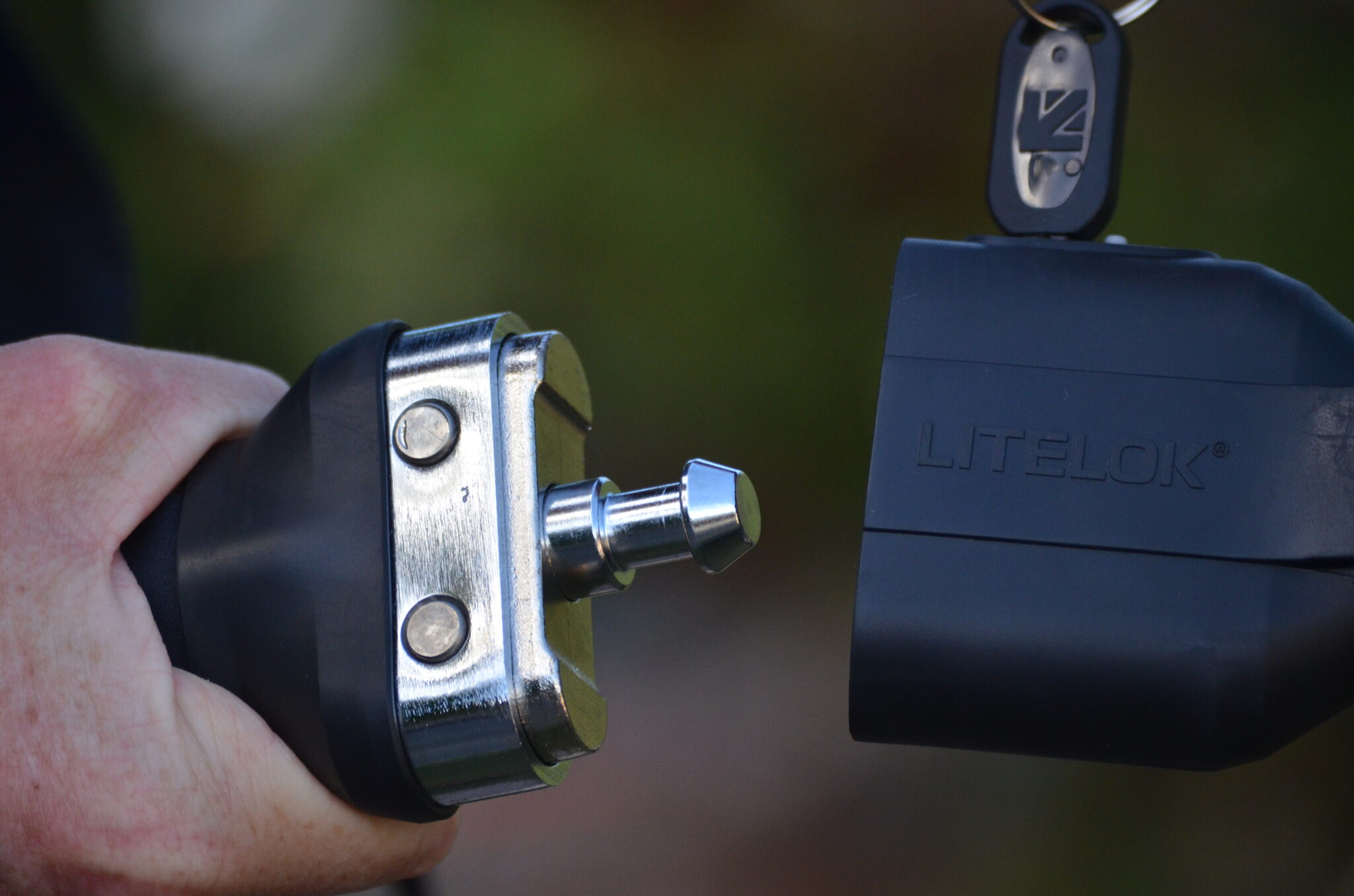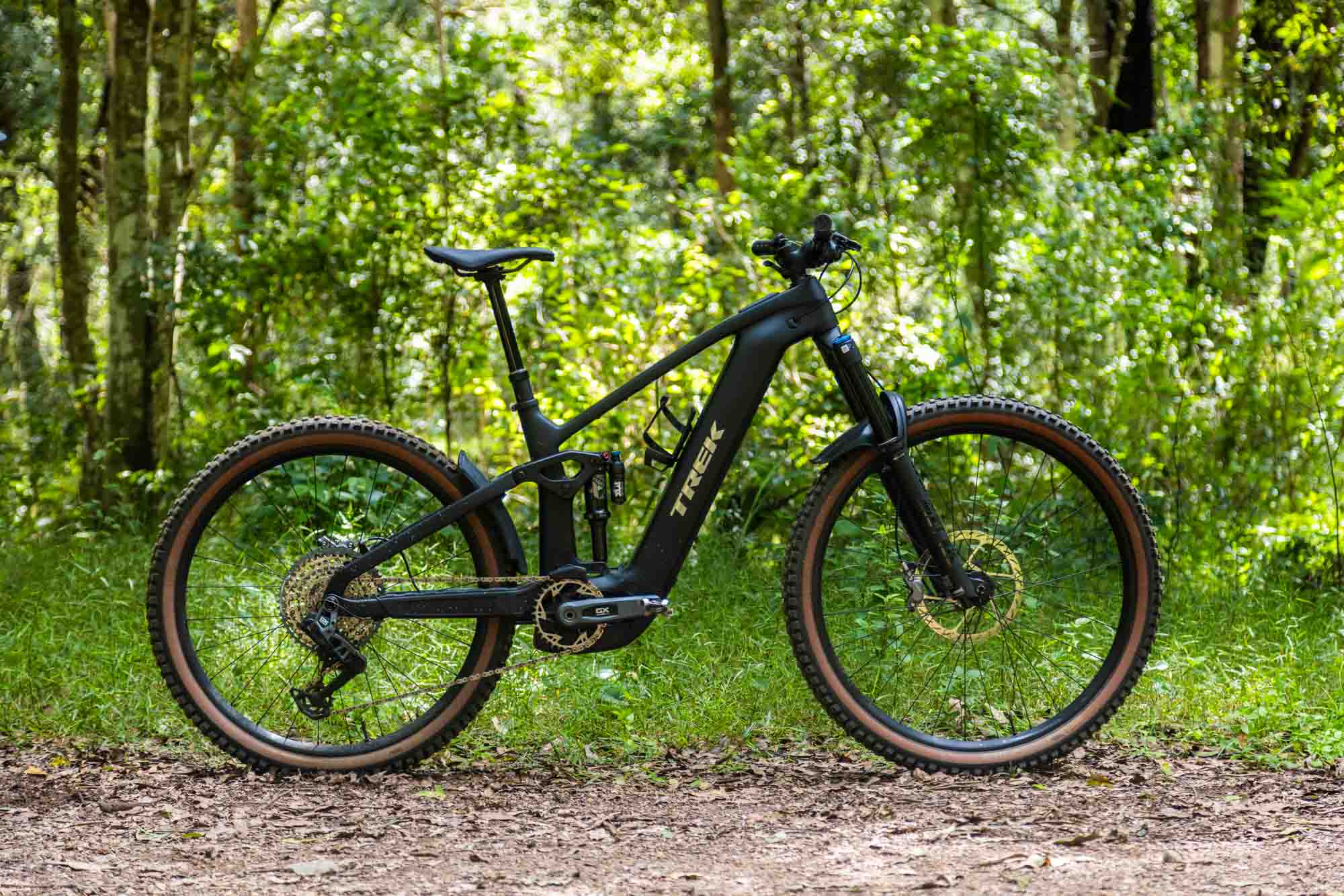WTF is Whoop?
What is Whoop all about? Our fitness guru Anna Beck takes a deep dive into the fitness device and software.
If you are an ardent social media user, you may well have seen your favourite athletes talking about their latest wearable tech. Kate Courtney, in particular, is a huge fan and sponsored athlete for Whoop, a wrist-based heart rate monitoring system who’s foundation is based on the principals of heart rate variability as a predictor of recovery and performance.
What’s Whoop all about?
I was sent a Whoop 3.0 unit and complimentary subscription to try out free of charge. Initially, I was unsure of what, exactly, it would deliver. While I am pretty good at tracking metrics like training scores, sleep hours, and RPE, we weren’t really sure what Whoop offered or if it would be use to the average mountain biker or the elite cyclist.
The Whoop unit arrived, in a sleek black box: a riddle, wrapped in a mystery, inside an enigma. A simple USB cable and basic instructions accompanied the unit. The first thing to note: Whoop is not a watch. It doesn’t have a face or indicator. It’s simply a strap used to attach an optical, two LED heart rate sensor to your wrist.
The Alchemy
It’s hard to describe what Whoop sets out to do with this package without slipping into the fitness worlds jargonistic obsession with buzzwords, but I'll try.
Whoop offers a 24/7 heart rate monitoring device, with their patented heart rate variability assessment taken from sleep data. Whoop’s special sauce is the complex interplay between three key factors: cardiovascular output (which they call ‘strain’; anything that elevates heart rate will be a driver of an increased strain number), sleep and recovery.
The data is recorded and uploaded to the mobile app, which then does the number crunching. When you wake up, Whoop will pick up that your heart rate has increased and will ‘process’ your sleep. A short survey with user-selected questions is completed, and sleep data including sleep zones and durations, can be viewed.
Swipe through the app, and your recovery number (in percentage) will be displayed, which is taken from your HRV score during the same sleep cycle each night.
From these two, Whoop estimates the amount of ‘strain’ that should be completed within the day in order to maintain or increase fitness. Simple, right?
Whoop also has a “sleep coach” which factors in the days recovery and strain in order to tell you when to go to bed and how much sleep you need. Each day, alongside your recovery score (in percentage) you are advised what level of ‘strain’ is optimal: less strain than they recommend leads to recovery, while more leads to overreaching and fitness gains.
Heck, what is Strain?
The key thing for me that really had me thinking, is what is strain? Obviously it’s an algorithm that is based on heart rate, but the number of strain varies from 0-21. I asked former cyclocross legend and Whoop representative Jeremy Powers where the 1-21 numbers come from, and he stated it was drawn from the Borg scale.
Anyone who has done some testing in the lab knows the Borg scale
But it’s use on a prolonged period over a day is unusual. This is further compounded by weighting of activities: for example one day I had a 3hr endurance ride (average HR 145), which it weighted as an 18.0. Later that night I went for a short 20min run (avg HR 155), which it weighted at 10.7, but together the day strain ended up at 19.5. Confused? Yes. Another curly one: 3hr30 XCM race had a strain score of 20.7 (avg HR 166), another XCM race was 4:45 and had the same score (avg HR 163). A 20km trail run at a lower HR for a duration of 1hr45 ended up with a score of 20.1 (avg HR 160). In theory, these three events are all super close to my theoretical life limit for a day. Yet in the trail run and longer race I was in tempo zone, hardly a maximal effort. A simple recovery ride for 1hr30 ended up at 15.3, leading me to believe that it tends to over-weight the data. I suspect the algorithm is for the general population and not highly trained people, but when it’s telling you that the very easy coffee shop recovery ride you did is above optimal strain it raises some queries. I would love to know more about the algorithm and maybe this would lead to a deeper understanding of the technology, and a bit more faith in this particular aspect of the unit. Another thing to note is that the reading accuracy is highly dependant on fit, and wrist based fit seemed far less accurate (when comparing alongside my chest strap with a cycling computer/fitness watch) when compared with fitting it mid-forearm or on the bicep for example, during the shorter 3:30 XCM race I wore the Whoop on my wrist where it generated an average HR of 166, however the chest strap recorded average hr as 175 which was much closer to my perceived exertion and expectation for the event's numbers. When worn in other positions, however, the accuracy is much closer to that of a chest strap. You can purchase an extra bicep band from whoop, or if you have T-rex arms the regular strap may fit on your bicep. One cool thing to mention, is that Whoop is very good at telling when you were active. Shortly after you had completed an activity, a little update will pop up telling you that your activity was identified, and you can rate your performance and effort. The only caveat is that it requires a 20min effort for it to identify an activity, so really short bouts of exercise and activities that have less cardiovascular strain (like strength training) may not be picked up. You can, however, manually add an activity and it backdates the strain and adds it to your daily metrics. The sleep measurement is also key, and Whoop measures HRV in Slow Wave sleep at the same time each night to increase accuracy. Shortly after you wake up, Whoop will alert you that sleep is ready for processing, and it prompts you to answer a range of questions you self select on set up. These can be things like ‘did you experience bloating’, ‘did you stretch’, ‘did you experience stress’ or event things like ‘used CBD oil’ or ‘engaged in sexual activity’ (bow chicka wow). The benefit of filling this in every day comes to light in the monthly performance analysis, where it draws conclusions between your responses and your sleep and recovery. It was interesting to note the effect of things probably never taken into consideration in terms of recovery (like sex, for eating close to bedtime), however these correlations don’t necessarily tell the whole picture. One example I noted was things like when I selected ‘felt purposeful and energetic’ my recovery was better, but surely it was the other way round? I had recovered and was full of beans and energy; feeling purposeful surely isn’t a driver of recovery. Likewise, in times of stress or struggling to sleep, using breathing and meditation is a personal management tool, however Whoop identified these as a source of poor recovery as they were adjuncts used when flogged. So while some correlations were likely sound (stretching, nutrition etc) others likely had confounding factors attached to them. So being savvy with the analysis is key. Sleep itself shows the HRV data, average HR, respiratory rate, sleep disturbances and hours slept. It can also break down sleep into differing phases. From this we get the recovery value, in percent. It was nice, at times, to have some validation that ‘oh actually, I AM flogged’ and in that way there were moments where the Whoop was extremely validating. There were also times where I had >75% recovery values the day after a marathon, which certainly wasn’t the case. So while by and large it did do a pretty good job of identifying recovery in my experience, there were a few outliers. Whoop is enigmatic, there is no doubt about that. And like much social media and smartphone apps, strangely addictive. For training, we have technology that weights power or heart rate and gives us TSS or T-scores, allowing to look at the workload and response of a session in a day, week and season. What Whoop offers is a broader view, more of a ‘life TSS’ rather than looking at simply a single session. The cardiovascular effect of stress, lack of sleep or just doing life things like the groceries all add to the output of our days, and in this regard Whoop is an exciting adjunct when used together with training software. As the basis of Whoop’s enigmatic algorithm is based upon heart rate, so good fit is a must to get the most out of the unit. Please note that at the time of review, the 4.0 unit was just announced, with extra features such as skin temperature and pulse oximetry. Whoop pricing:18 month membership $24/month, 12 month membership $32/month. Monthly $44/month 6 month commitment: from Whoop. Note: Whoop have since released Whoop 4.0.The Sleep and Recovery
The deal







